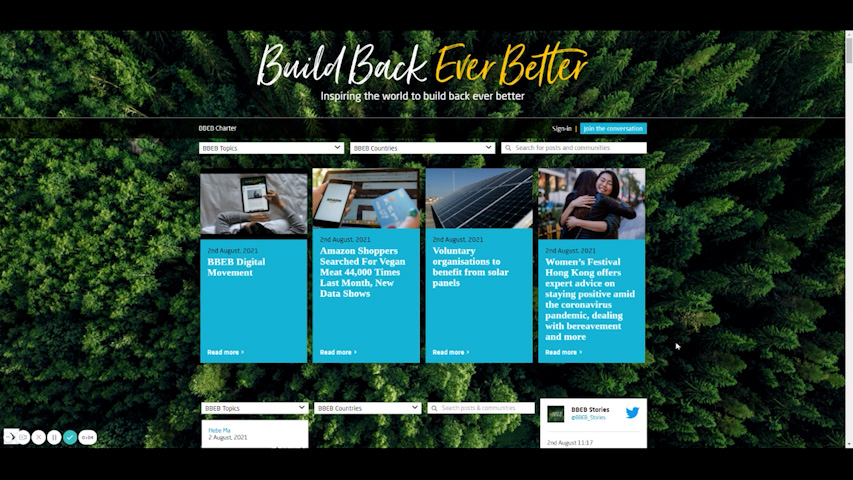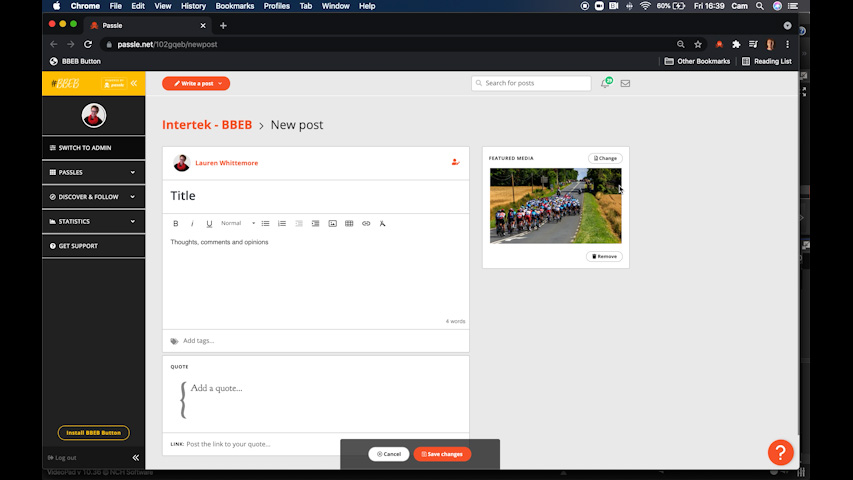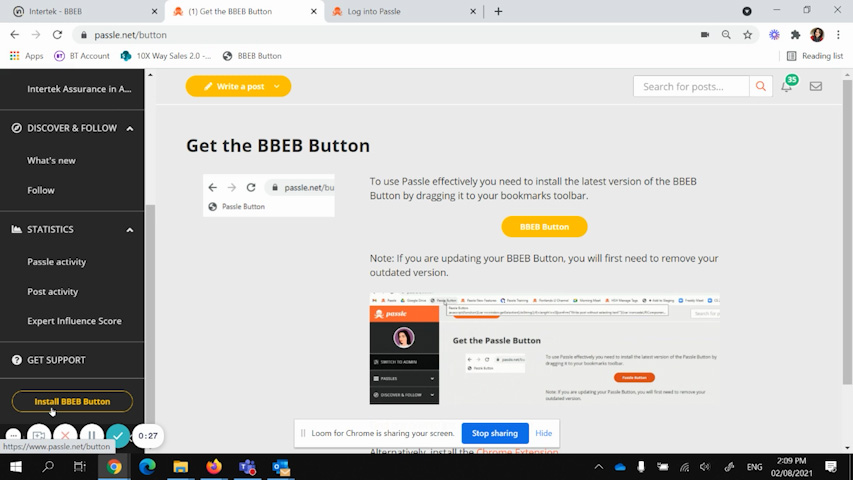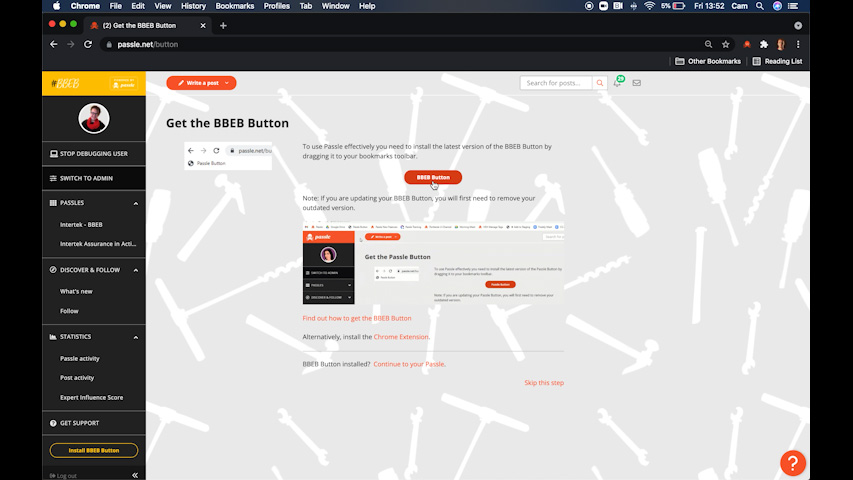Halloween is fast approaching and as you plan your celebrations, please consider making it accessible to as many people as possible. 1 in 4 people have a disability and many are invisible disabilities that you will not be aware of. Following this simple advice from Treat Accessibly can help everyone enjoy Halloween. Treat Accessibly originated in Canada, and while Lawn Signs will be limited in distribution - the principles and adjustments are not governed by geographies, so if you celebrate Halloween, please do what you can to ensure it is an accessible and inclusive Halloween.
Provide Barrier-free Access
Some trick-or-treaters may have difficulties navigating inclines, stairs, curving walkways, etc. Make sure to place your trick-or-treating station at a location that is easily accessible to all.
- Make sure the path to your trick-or-treating station is well lit.
Clear your driveway and pathways of any obstacles. - Park your vehicle on the street or in your garage to allow easy access.
- Set up your trick-or-treating station at the end of your driveway or in your garage.
- If your home doesn't have a driveway why don't you use your vehicle to trunk-or-treat? Show your creativity and decorate your vehicle to make it extra special.
Create a Safe Environment
If you are planning to decorate your trick-or-treating station, your front yard, or other visible areas of your home make sure that you are creating decorations that can be enjoyed by all.
- Refrain from the use of strobe lights and high-pitched, sudden loud noises which may be alarming for some children.
- Some pets can be intimidating so make sure that they are kept safely away from the front of the house.
Everyone is different
Different disabilities can affect how someone interacts with others. All it takes is a little patience and understanding to ensure that trick-or-treaters feel comfortable and welcome.
- Not everyone can eat candy, so consider stocking some non-edible treats such as stickers, pencils, crayons, small toys, etc. stored in a bowl separate from your edible treats.
- You may see trick-or-treaters that appear older, but that doesn't mean that aren't excited about your treats!
- Some trick-or-treaters may not be able to see what they are getting. Consider explaining to them the delightful treat you're providing. Not
- Not everyone communicates in the same way. Just be patient and understanding. The children and their caregivers will appreciate it.
The Treat Accessibly lawn sign lets people in your neighbourhood know that you support accessible trick-or-treating and is a symbol that promotes accessible and inclusive change. One that tells families that have children with a disability that they are welcome to experience Halloween without barriers at your home.
















